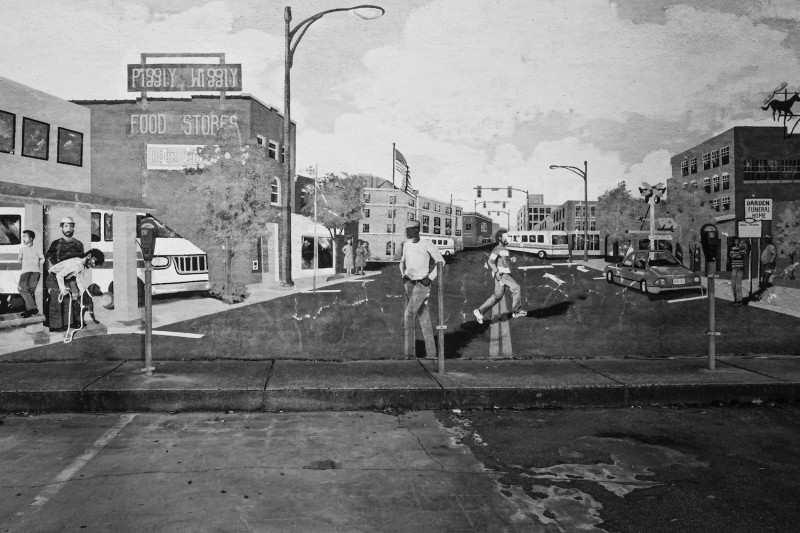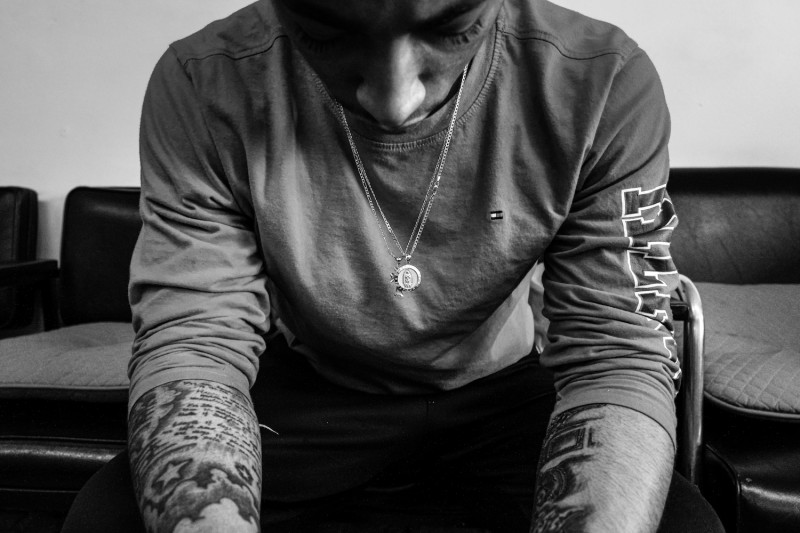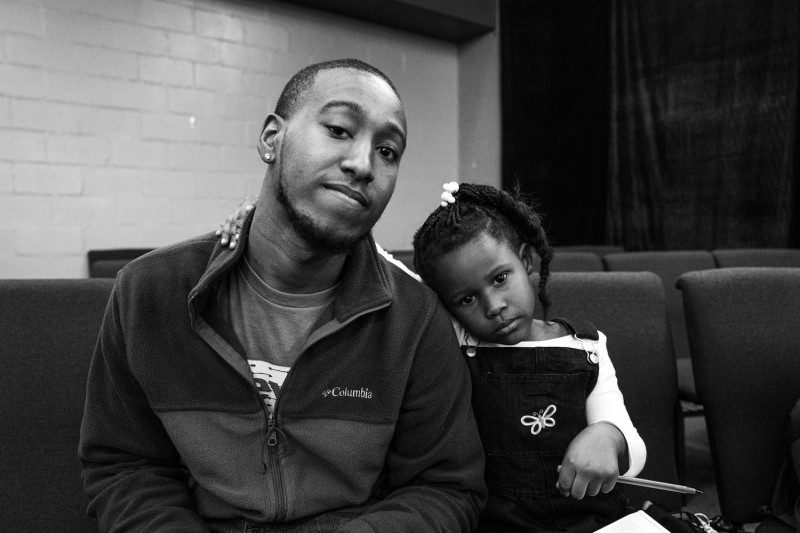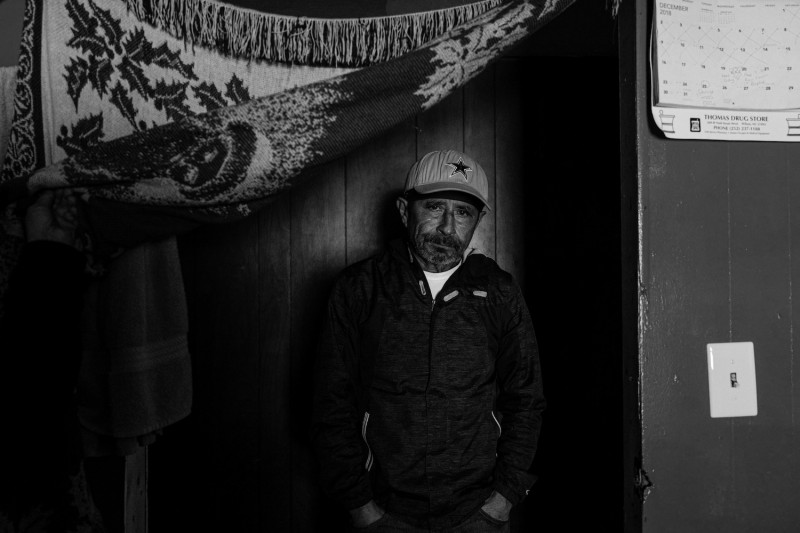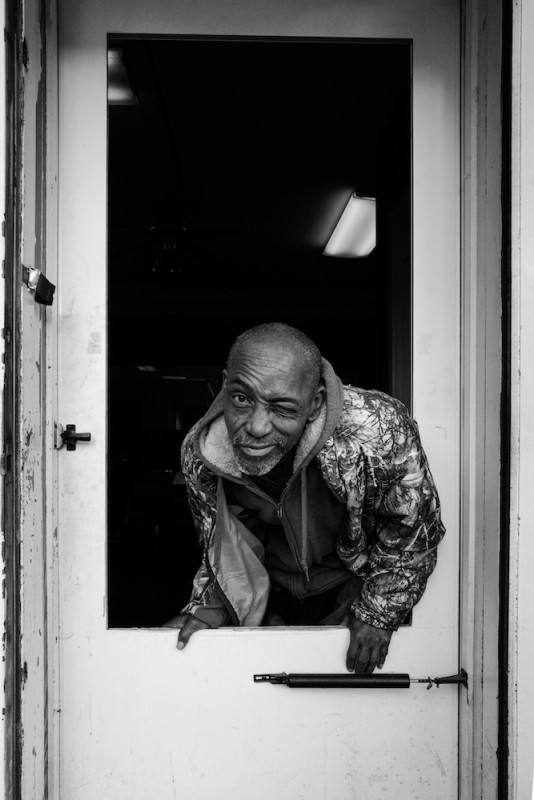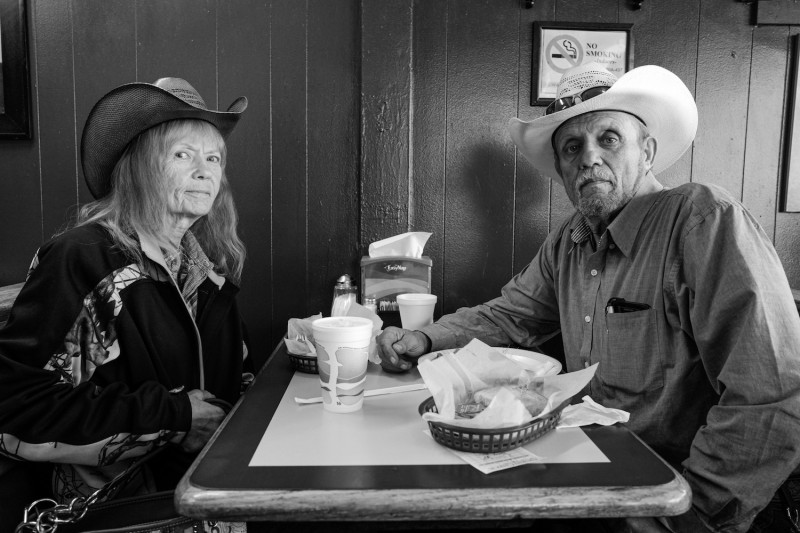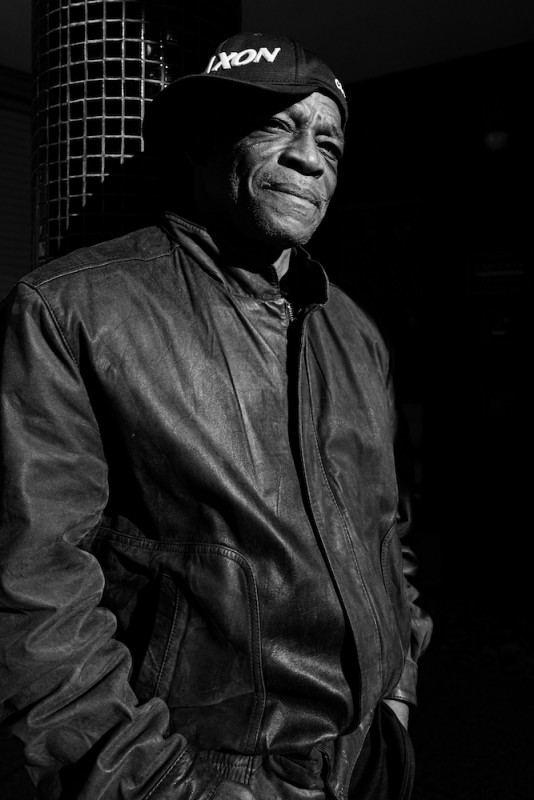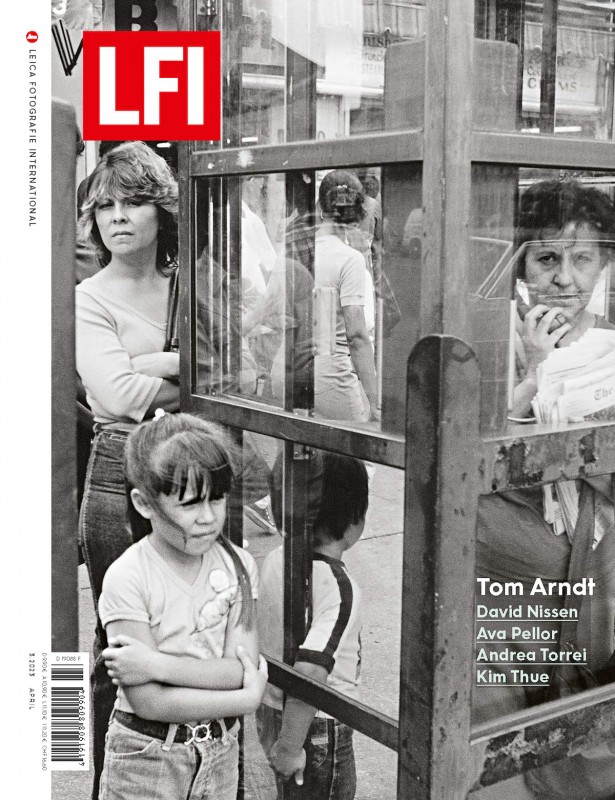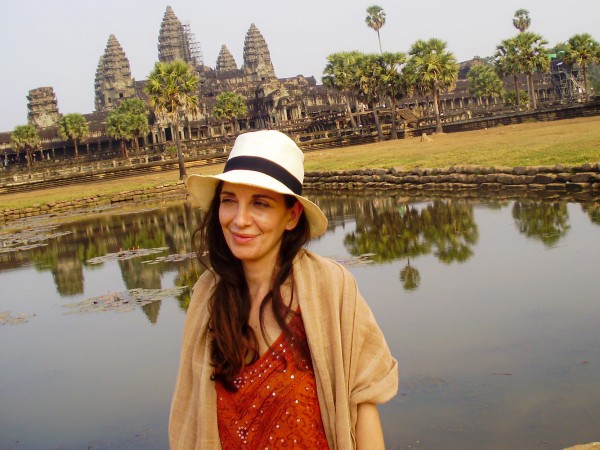Nash Street
Nash Street
Andrea Torrei
April 17, 2023

LFI: What fascinates you about street photography and what brought you to Nash Street?
Andrea Torrei: The ability to let my curiosity and instinct guide me, and to eventually find myself lost in the search for moments that echo within me, is what really fascinates me about street photography. With its show of life, the street is overwhelming and will always be a surprise. Nash Street is one of the main streets in the heart of down-town Wilson, North Carolina, where a large outdoor photo festival, Eyes on Main Street, takes place every year. It was founded and is curated by the photojournalist Jerome de Perlinghi. I was part of its residency program, having been invited to spend the whole month of December 2018 there, to document daily life in Wilson. I explored down to the smallest corner. Nash Street, where I was residing, became the centre where many paths crossed, with unexpected and welcome results.
What did you observe on the street? What distinguishes a portrait of a person on the street from another location?
I was impressed by the deep sense of faith in religion that I felt so close, in the many churches and charities where people gather not only for the usual Sunday service, but often several times a week, to carry on many different activities dedicated to helping people in need. Taking portraits on the street is a very different experience to taking them in a studio or at home. The street requires you not only to be very fast in assessing and arranging all the elements – from the background to the light, from the colours to the disturbing elements round about –, but also and, above all, to win the trust of the person you wish to photograph. How will you approach the man dancing alone? What are you going to tell the two friends listening to music sharing a headphone? It can be extremely challenging to handle all that in a few minutes or even seconds.
Why did you choose black and white for your series, and what does this mean for the portraits?
To me colour has its own life and role, and it contributes to the whole story when conveying a certain and definite feeling. It must add something relevant in terms of content and/or aesthetic. For my project here, I did not see colours playing a particular role, not for the portraits I took, and I quickly understood that black and white would work better. I usually work in both colour and black and white, and it is the photo itself calling for the one or the other, and not me.
How was your work with the Leica Q for this project? How did the subjects react to the camera?
The Leica Q was and still is a good companion. Robust, but light and quiet. That’s very useful in many situations; for example, during Sunday in church. With its amazing ISO range, it allowed me to photograph with very limited light. Also, because it is so unobtrusive, people didn’t even notice it. The perfect camera in many situations and, in particular, for street photography!
LFI 3.3023+-
For another story by Andrea Torrei about life in Ghana, check out LFI Magazine 3.2023. More
Andrea Torrei+-
Andrea Torrei is an Italian photographer based in Rome. After graduating in Political Sciences, she studied Photography and took part in a number of seminars and workshops run by various photographers, including Peter Turnely and Magnum member Nikos Economopoulos. Her main interest lies in street and documentary photography, preferring to work on personal projects with a focus on gender and social issues. More

